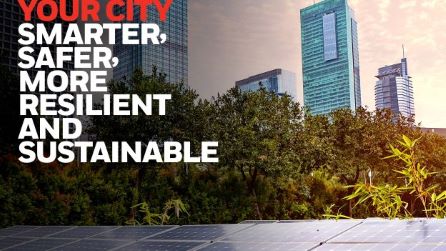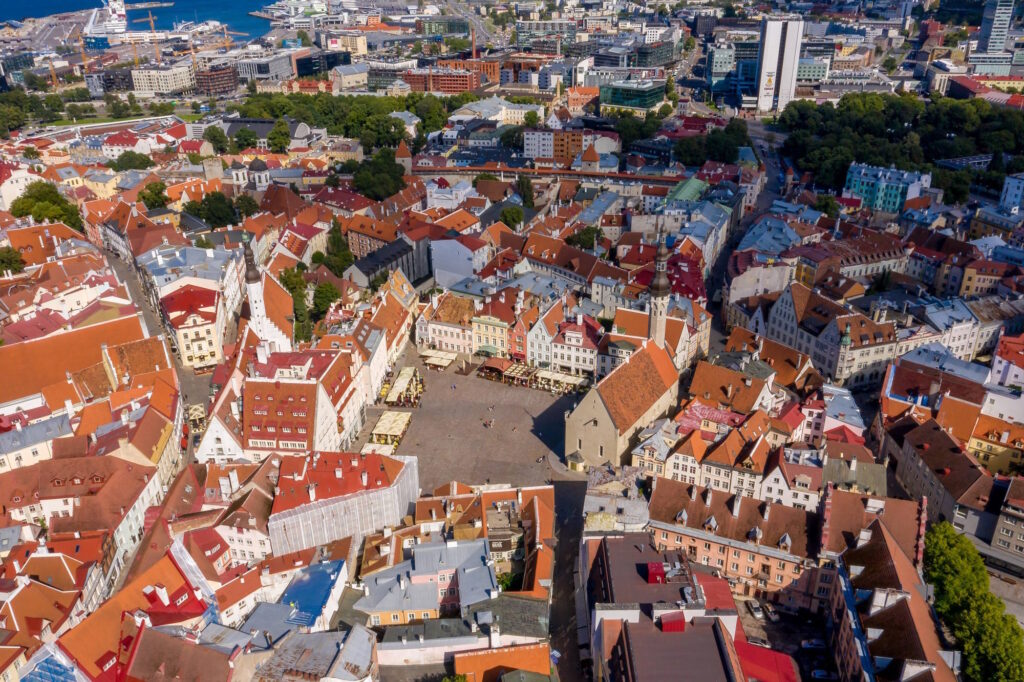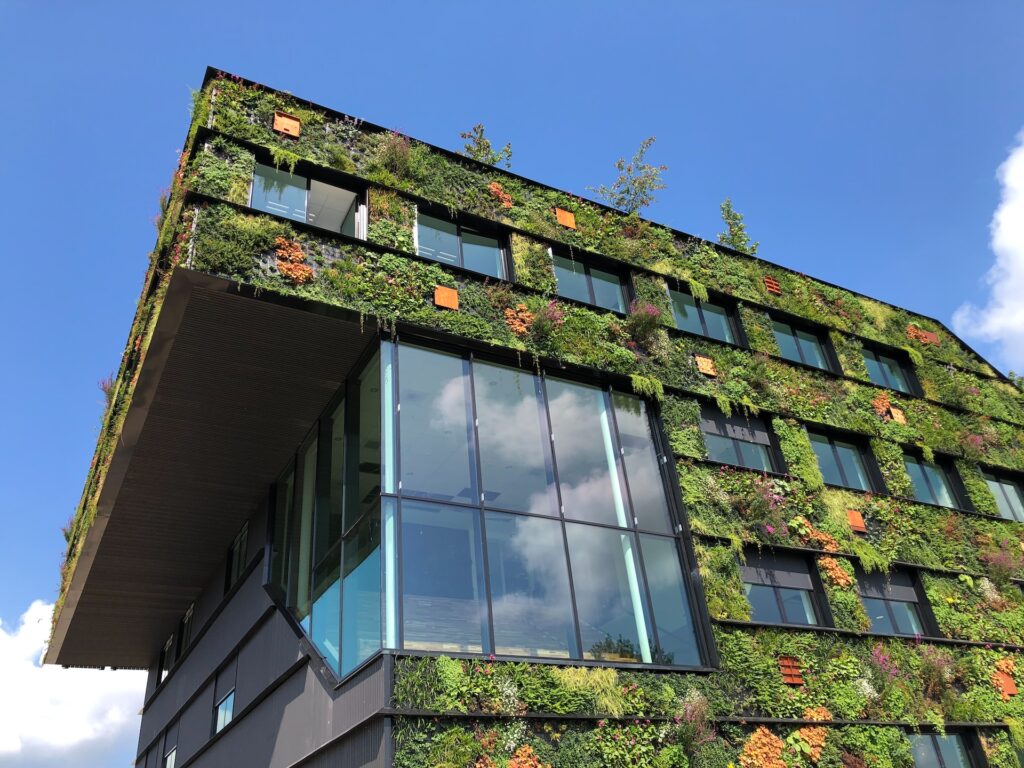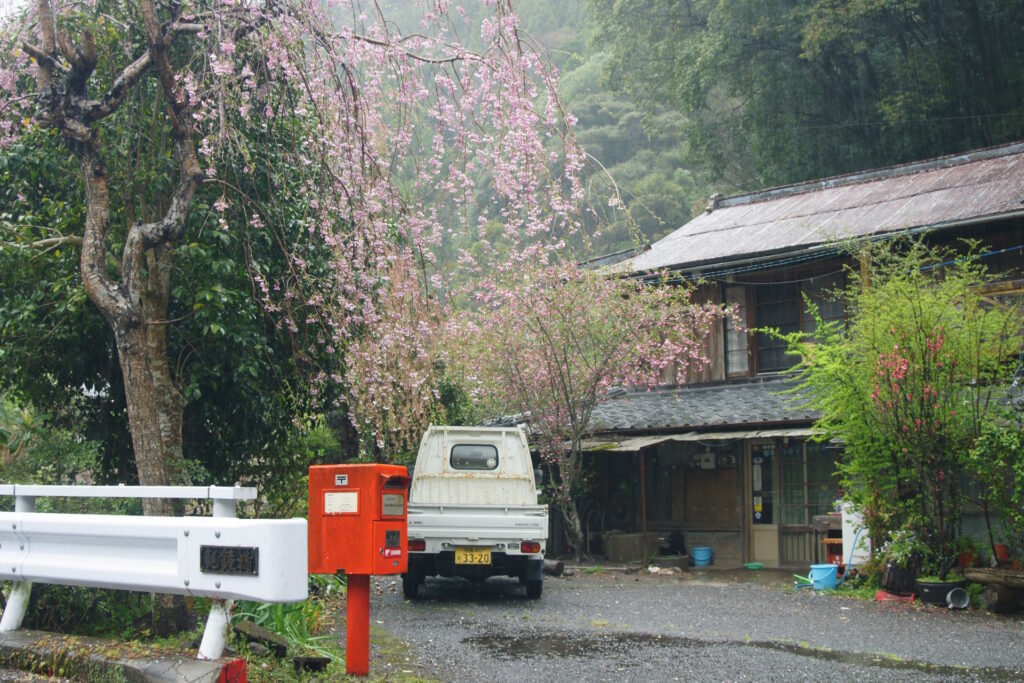REIMAGINE WHAT CITIES AND COMMUNITIES CAN BE

Honeywell delivers industry-specific solutions that include aerospace products and services; control technologies for buildings and industry; and performance materials globally. Our technologies help aircraft, buildings, manufacturing plants, supply chains, and workers become more connected to make our world smarter, safer, and more sustainable.
Honeywell Building Technologies (HBT) is transforming the way every building operates to help improve the quality of life. We are a leading building controls company with operations in more than 75 countries supported by a global channel partner network. Commercial building owners and operators use our hardware, software and analytics to help create safe, efficient and productive facilities. Our solutions and services are used in more than 10 million buildings worldwide.
How Tallinn (and the whole of Estonia) has used blockchain to transform urban services forever

Tallinn and Estonia’s journey to become a digital society would appear to prove that local governments are more efficient thanks to the use of blockchain technology.
Ecological construction: how urbanism is learning from the past and the future

Could the sustainable construction of the future use the ecological construction of the past as a reference? If sustainable architecture is a prerequisite of smart cities, the use of traditional materials and techniques is also necessary.
Smart waste management systems for metropolitan cities

Despite all the available technologies, cities recycle less than 20% of their urban waste and 80% ends up in landfill and dump sites. These figures reflect the need to implement smart systems that enable comprehensive management of the waste generated in cities.
Sustainable technologies that are helping companies to go green

With the help of technology, entire industries and specific companies are integrating sustainability in their processes, procedures, services or products. Some cases are truly amazing and inspiring.
Governance for the future: what we need to learn today

Future governance depends largely on society and today’s governments creating a favorable framework that enables innovation to be implemented from various perspective which, often, require a significant change of mentality.
How are smart cities reducing air pollution?

Air pollution is one of the major challenges of the 21st century, since nine out of ten people in the world live in an environment that does not meet minimum air quality guidelines. What can cities do to clean their air?
What is sustainable architecture and why is it important for smart cities?

Discover the significance of sustainable architecture for smart cities. Explore eco-friendly design principles and innovations.
New York is facing a real estate challenge: converting offices left vacant due to remote work into housing units

Urban centers in countless cities have been showing signs of demographic fatigue in recent years. Given this situation, New York is exploring solutions: office-to-housing conversion projects.
How Kamikatsu, in Japan, hopes to achieve a recycling rate of 100%

In 2018 Kamikatsu was selected as one of the SDGs Future Cities for the example it was setting and two years later its recycling rate was almost 80%, while the rest of Japan barely reaches 20%. How has it achieved this? And, why is this not the most notable aspect?